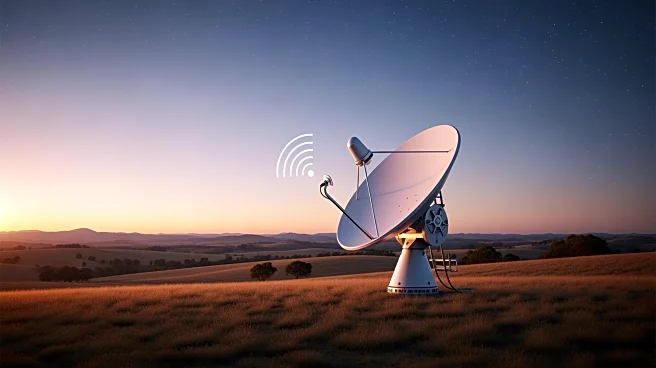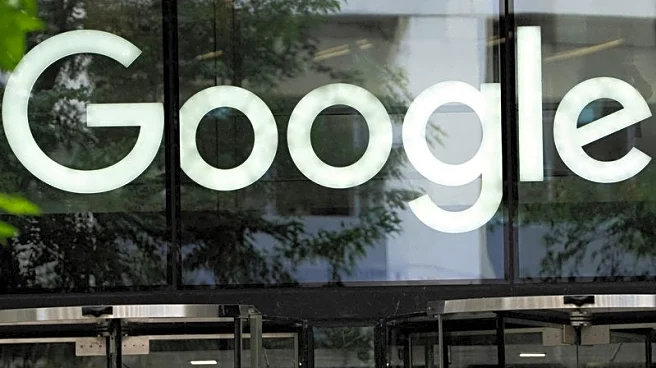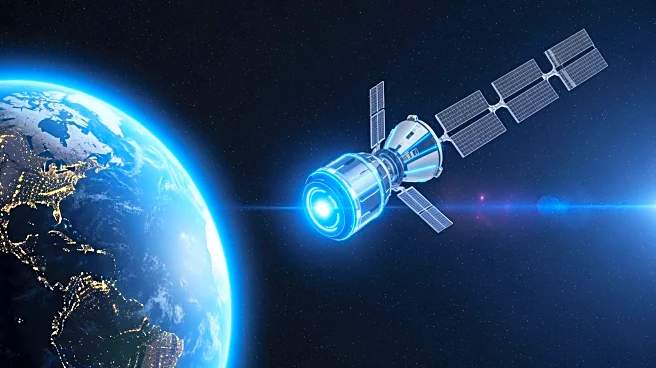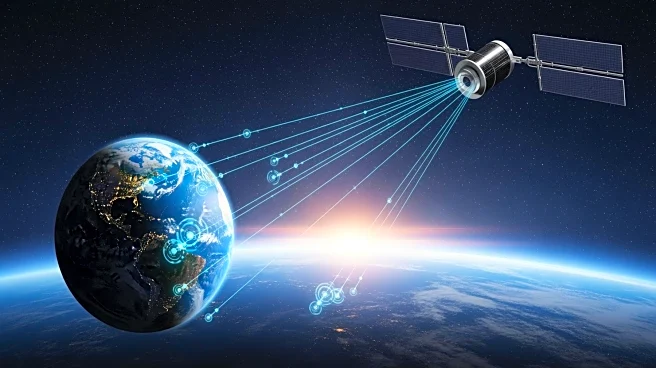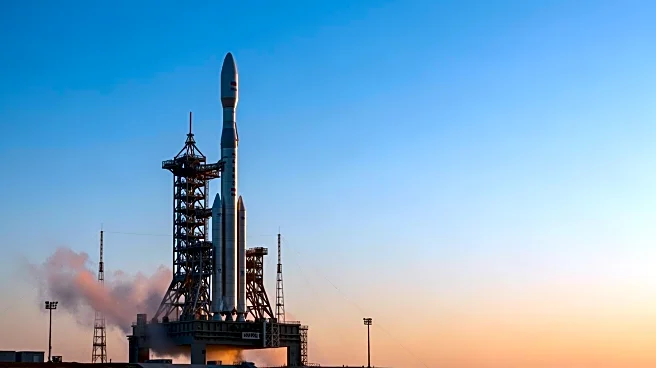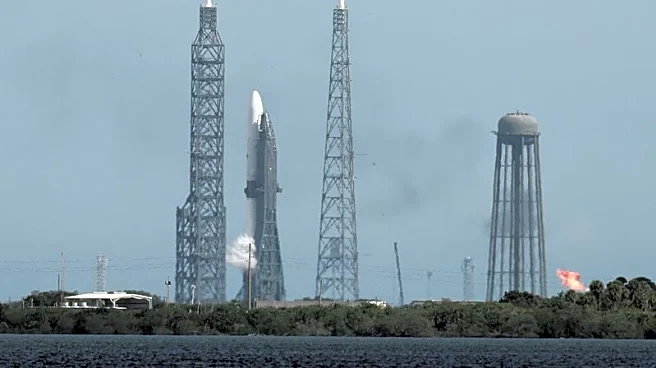What's Happening?
Satellite internet providers such as Starlink, Hughesnet, and Viasat are increasingly becoming essential for rural areas in the United States where traditional broadband options are limited. These providers offer
varying plans with different speeds and pricing structures, catering to the unique needs of remote households. Starlink, operated by SpaceX, is noted for its high-speed offerings, while Hughesnet is recognized for its reliability and affordability. Viasat provides versatile plans with unlimited data options. Despite the availability of faster internet options like fiber and cable in urban areas, satellite internet remains a crucial solution for bridging the connectivity gap in less populated regions. A recent survey highlighted that 63% of U.S. adults experienced an increase in internet bills last year, underscoring the importance of finding cost-effective and reliable internet solutions.
Why It's Important?
The reliance on satellite internet in rural areas is significant as it provides a viable alternative to traditional broadband services, which are often unavailable in these regions. This connectivity is crucial for economic development, education, and access to information. As internet costs rise, the affordability and accessibility of satellite internet become increasingly important for households struggling to maintain connectivity. Providers like Starlink are pushing technological boundaries, offering faster speeds and lower latency, which can enhance activities such as gaming and streaming. The expansion of satellite internet services can potentially reduce the digital divide, offering more equitable access to internet services across the country.
What's Next?
The satellite internet industry is poised for further growth and innovation. Starlink continues to expand its offerings, including the introduction of the Starlink Mini, which aims to provide mobile satellite internet solutions. Additionally, Amazon's Project Kuiper is expected to enter the market, potentially increasing competition and driving advancements in satellite technology. As these services evolve, they may offer improved speeds and lower costs, making them more attractive to consumers. The ongoing development of low-Earth-orbit satellites will likely enhance internet accessibility and performance, providing better service to underserved areas.
Beyond the Headlines
The expansion of satellite internet services raises questions about the long-term impact on traditional broadband providers and the potential for increased competition in the telecommunications industry. Ethical considerations regarding the environmental impact of satellite launches and space debris are also relevant. Furthermore, the role of satellite internet in emergency response and disaster recovery could become more prominent, offering reliable communication channels when terrestrial networks are compromised.


